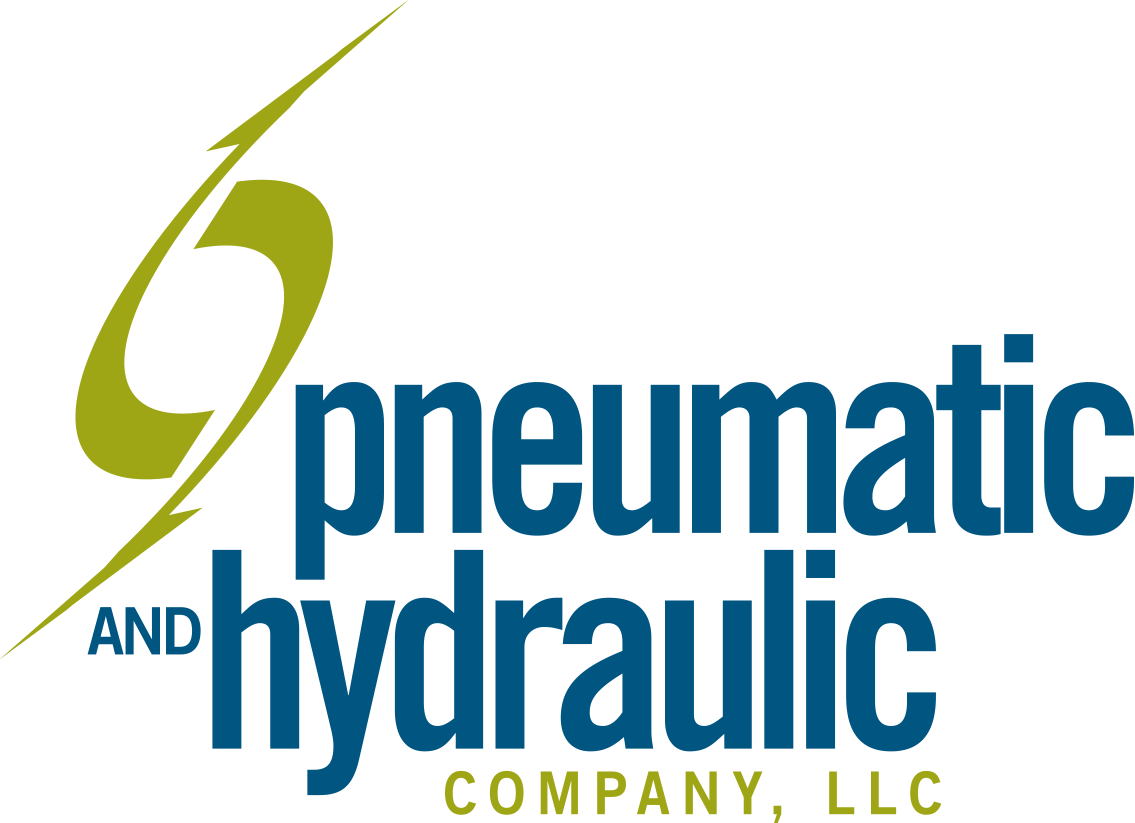 The wind energy industry has changed for the better with the adaptation of hydraulics. Wind turbines now rely on hydraulics to provide the durability they need for efficiently generating electricity. Hydraulic systems play a substantial role in each turbine. Pitch control and brake control can both be regulated more efficiently by hydraulics. They control the pitch angle of the turbine blades, hence controlling the speed and production of power.
The wind energy industry has changed for the better with the adaptation of hydraulics. Wind turbines now rely on hydraulics to provide the durability they need for efficiently generating electricity. Hydraulic systems play a substantial role in each turbine. Pitch control and brake control can both be regulated more efficiently by hydraulics. They control the pitch angle of the turbine blades, hence controlling the speed and production of power.
Turbines were conventionally powered by electricity. Engineers have found that hydraulics work better for heavy-duty turbine applications, as they can produce more sustainable power and energy such as found on wind farms harvesting power for large areas. No matter the size, the goal is always to design turbines that operate at maximum efficiency, while requiring as little intervention and repairs as possible. Many turbine manufacturers are turning to hydraulics to meet these demands. Hydraulic systems are generally more reliable, lightweight, and more cost-effective than their electricity-driven counterparts.
Turbines will become larger and larger to increase performance and meet the rising targets that governments are hoping to attain, so the heart of the turbine, the gearbox, needs to be as reliable. One of the biggest concerns in the construction of wind turbines has always been the gearbox. Changing a gearbox is typically a lengthy and extremely costly exercise that happens way too often for the liking of facility managers. The improvement of gearboxes is key to improving the reliability of wind power. So, engineers realized the only way to improve the gearbox is to replace it with hydraulics. Hydraulic drive components can replace the standard gearbox as a more reliable source of power for turbines.
The extreme engineering challenge posed by the wind is the difficulty in assessing the loads that pass through the gearbox. This is often what causes the gearbox to breakdown. By switching from gearboxes to hydraulic systems, it reduces the number of moving parts in the wind turbine that have to adjust to varying loads. Hydraulic systems in turbines work by converting blade rotations into hydraulic pressure, which is then converted into electrical energy. Automatic blade-speed regulation keeps operations within a safe range. Hydraulic-based systems also have the ability to shed hundreds of pounds of weight from conventional electricity-based turbines by dropping the conventional gearbox.
To prevent damage or failure in these hydraulic systems, a properly sized and maintained accumulator is needed to provide a temporary supply of lubricating oil. Accumulators provide a rapid response that helps regulate blade speed and minimize pressure fluctuations. Hydraulic systems in turbines are designed to fill the accumulator during off-demand periods when pump flow is not allocated to system actuators. The pressurized fluid stored in the accumulator can pitch the turbine blades to a safe position where they can stay until power is restored or the halting condition is corrected.
As a cheaper, lighter-weight, and more powerful option than electromechanical gearboxes, hydraulic drives are appearing in more and more in modern wind power farms across the industry. From small wind operations to huge offshore wind farms, hydraulics are increasingly used more in all of these applications.
To learn more about how you can implement hydraulic drive systems in your turbines, contact the experts at Pneumatic and Hydraulic Company. A global distributor of hydraulic systems and components for wind turbines, we provide quality solutions across the industry.
